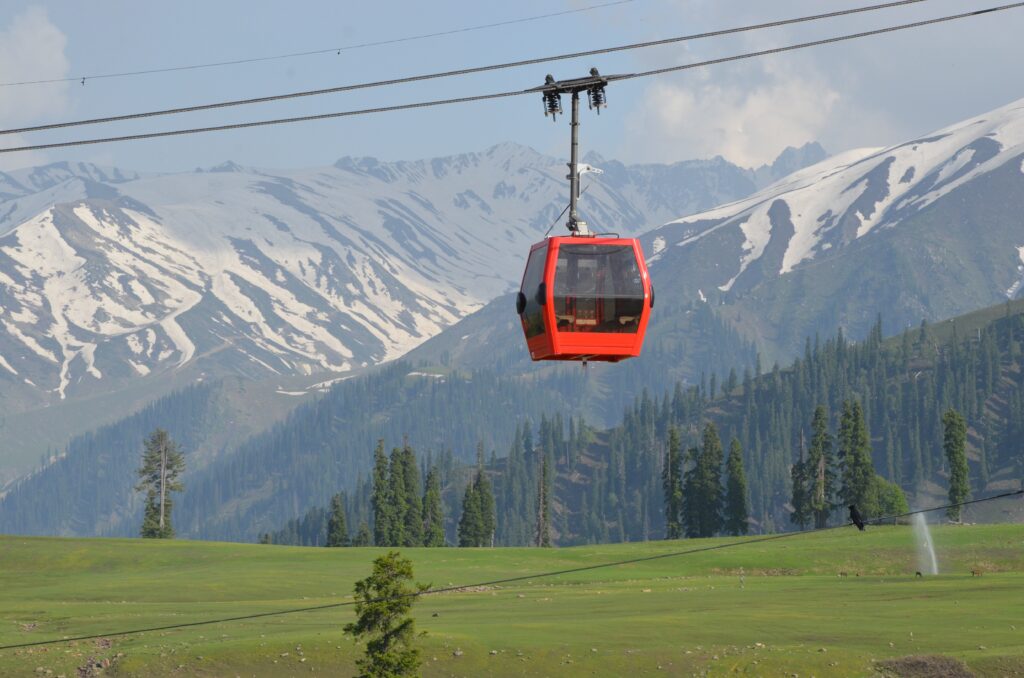Jammu and Kashmir, also known as J&K, is a northern Indian UT located in the Himalayan region. The climate of Jammu and Kashmir is unique, owing to its diverse topography, which ranges from snow-capped peaks to lush green valleys.
The region experiences different weather patterns depending on the altitude, with each season offering its distinct beauty and challenges.
In general, Jammu and Kashmir have three major climate zones, which are the Himalayan region, the Kashmir Valley, and the Jammu region.
Danish Hussain Shah
The Himalayan region, which covers the eastern and northern part of the UT, is characterized by cold and snowy weather.
The Kashmir Valley, situated in the center of the UT, is known for its mild and pleasant climate.
The Jammu region, on the other hand, is hot and humid, particularly during the summer season.
Summer Season in Jammu and Kashmir:
The summer season in Jammu and Kashmir usually begins in March and lasts until June. During this season, the temperature in the plains of Jammu can rise up to 45 degrees Celsius, making it one of the hottest regions in India. However, the temperature in the higher altitude regions, such as the Kashmir Valley and the Ladakh region, remains relatively moderate, ranging from 15 to 30 degrees Celsius.
The summer season is an excellent time to explore the beautiful valleys of Jammu and Kashmir. The lush green meadows, glistening streams, and colorful gardens make the region a perfect holiday destination for tourists. The famous Dal Lake in Srinagar is one of the most popular tourist spots, attracting visitors from all over the world.
Monsoon Season in Jammu and Kashmir:
The monsoon season in Jammu and Kashmir usually begins in July and lasts until September. During this season, the state receives moderate to heavy rainfall, particularly in the Himalayan region. The monsoon season can cause landslides, floods, and roadblocks, making it challenging to navigate through some parts of the state.However, the monsoon season also brings relief from the scorching heat of the summer season. The rainwater rejuvenates the flora and fauna of the region, making it look more vibrant and lush. The famous Amarnath Yatra, a pilgrimage to the Amarnath cave, takes place during this season.
Winter Season in Jammu and Kashmir:
The winter season in Jammu and Kashmir usually begins in October and lasts until February. During this season, the entire region is covered with a thick blanket of snow. The temperature in the higher altitude regions can drop to as low as minus 20 degrees Celsius, making it one of the coldest regions in India.The winter season is an excellent time to visit the skiing resorts of Gulmarg and Pahalgam. The snow-covered slopes offer an excellent opportunity for skiing, snowboarding, and other winter sports activities. The famous frozen Dal Lake in Srinagar is also a major attraction during this season.

Climate Change in Jammu and Kashmir:
Like the rest of the world, Jammu and Kashmir are also experiencing the adverse effects of climate change. The Himalayan region, which is the main source of water for the region, is facing the risk of melting glaciers, leading to water scarcity and flash floods. The increased frequency of natural disasters such as floods and landslides is also a significant concern.The rise in temperature is also affecting the flora and fauna of the region, leading to a decrease in biodiversity. The state / UT government, along with local NGOs and international organizations, is taking steps to mitigate the effects of climate change, such as promoting renewable energy, planting more trees, and raising awareness among the local communities.
In conclusion, the climate of Jammu and Kashmir is diverse, offering different weather patterns and natural beauty throughout the year.
Article by – Danish Hussain Shah.
Important Links.






